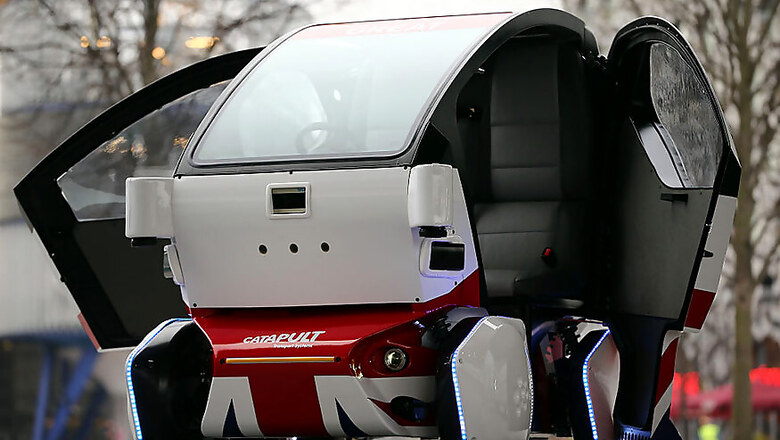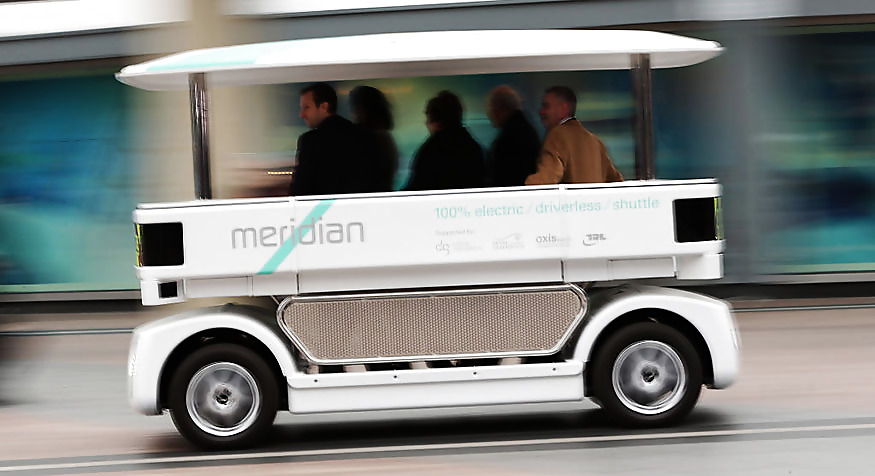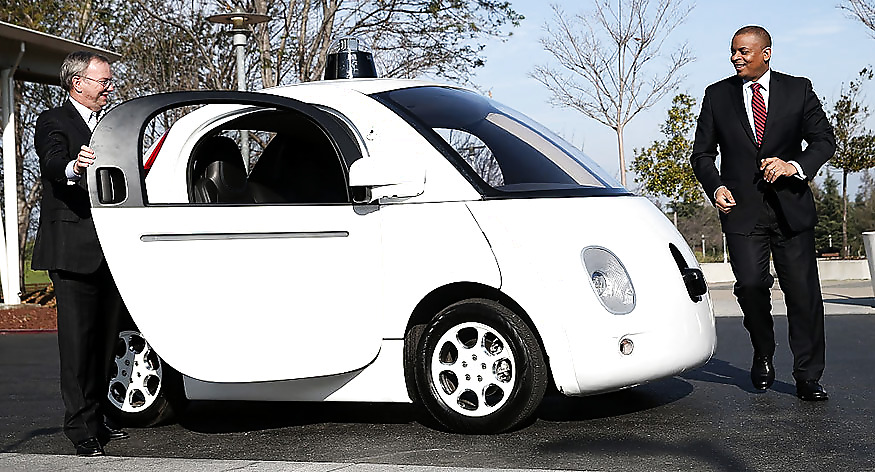
views
Self-driving cars are expected to usher in a new era of mobility, safety and convenience. Self-driving cars could soon be indispensable to our lives and help us do things we can't even think of today. Cars that can drive themselves under limited conditions are expected to be available within five to 10 years. Versions able to navigate under most conditions may take 10 to 20 years.
The problem, say transportation researchers, is that people will use them too much and will also bring along other changes that will affect our lives. Here's how:
1. Longer drives
Researchers believe the number of miles driven will skyrocket. It's less certain whether that will mean a corresponding surge in traffic congestion, but it's a clear possibility. Experts foresee robot cars chauffeuring children to school, dance class and baseball practice. The disabled and elderly will have new mobility.
2. More time to spare
Commuters will be able to work, sleep, eat or watch movies on the way to the office. People may stay home more because they can send their cars to do things like pick up groceries they've ordered online.

3. Safer and cheaper travel
Driverless cars are expected to make travel both safer and cheaper. With human error responsible for 90 per cent of traffic accidents, they're expected to sharply reduce accidents, driving down the cost of insurance and repairs. The biggest cost of car travel is drivers' time. A study estimates that the vehicles can cut the cost of travel by as much as 80 per cent. That in turn drives up miles traveled by 60 per cent.
4. Congestion
In the best case, congestion is reduced because driverless cars and trucks are safer and can travel faster with reduced space between them. Highway lanes can be narrower because vehicles won't need as much margin for error. There will be fewer accidents to tie up traffic. But those advantages will be limited as long as driverless cars share roads with conventional cars, likely for decades.
But that scenario depends on a societal shift from private vehicle ownership to commercial fleets of driverless cars that can be quickly summoned with a phone app. Driverless fleets would have to become super-efficient carpools, picking up and dropping off multiple passengers travelling in the same direction.
The congestion nightmare would result if a large share of people can't be persuaded to effectively share robot cars with strangers and to continue using mass transit.

5. Less flying
Airlines also may face new competition as people choose to travel by car at speeds well over 150 kmph between cities a few hundred kilometres apart instead of flying. Transit agencies will need to rethink their services in order to stay competitive, especially because the elimination of a driver would make car-sharing services cheaper.
6. Change in government policy and taxation
To make the shared-vehicle model work, government would have to impose congestion pricing on highways, restrict parking in urban centres, add more high-occupancy vehicle lanes and take other measures to discourage people from travelling alone in their self-driving cars.
Land-use policies may need to be adjusted to prevent sprawl, or people will move beyond the fringes of metropolitan areas for low-cost housing because they can work while commuting at high speeds. Taxes based on the number of miles a personal vehicle travels are another way to discourage car travel.
But all these policy changes would be controversial and difficult to achieve.
(With inputs from AP)




















Comments
0 comment